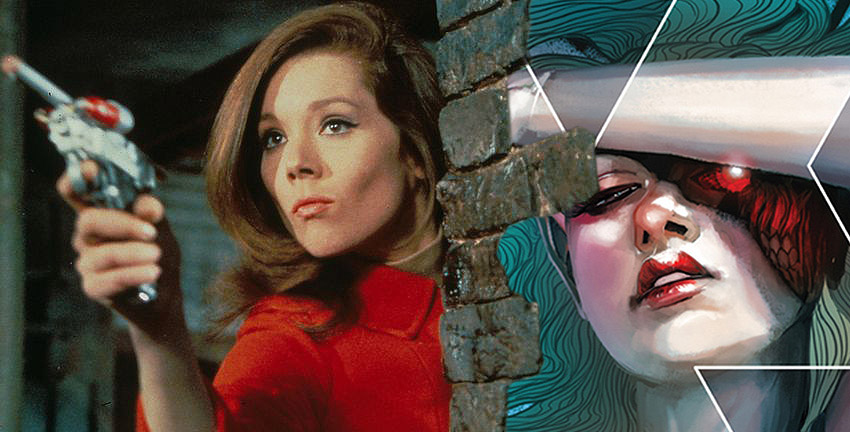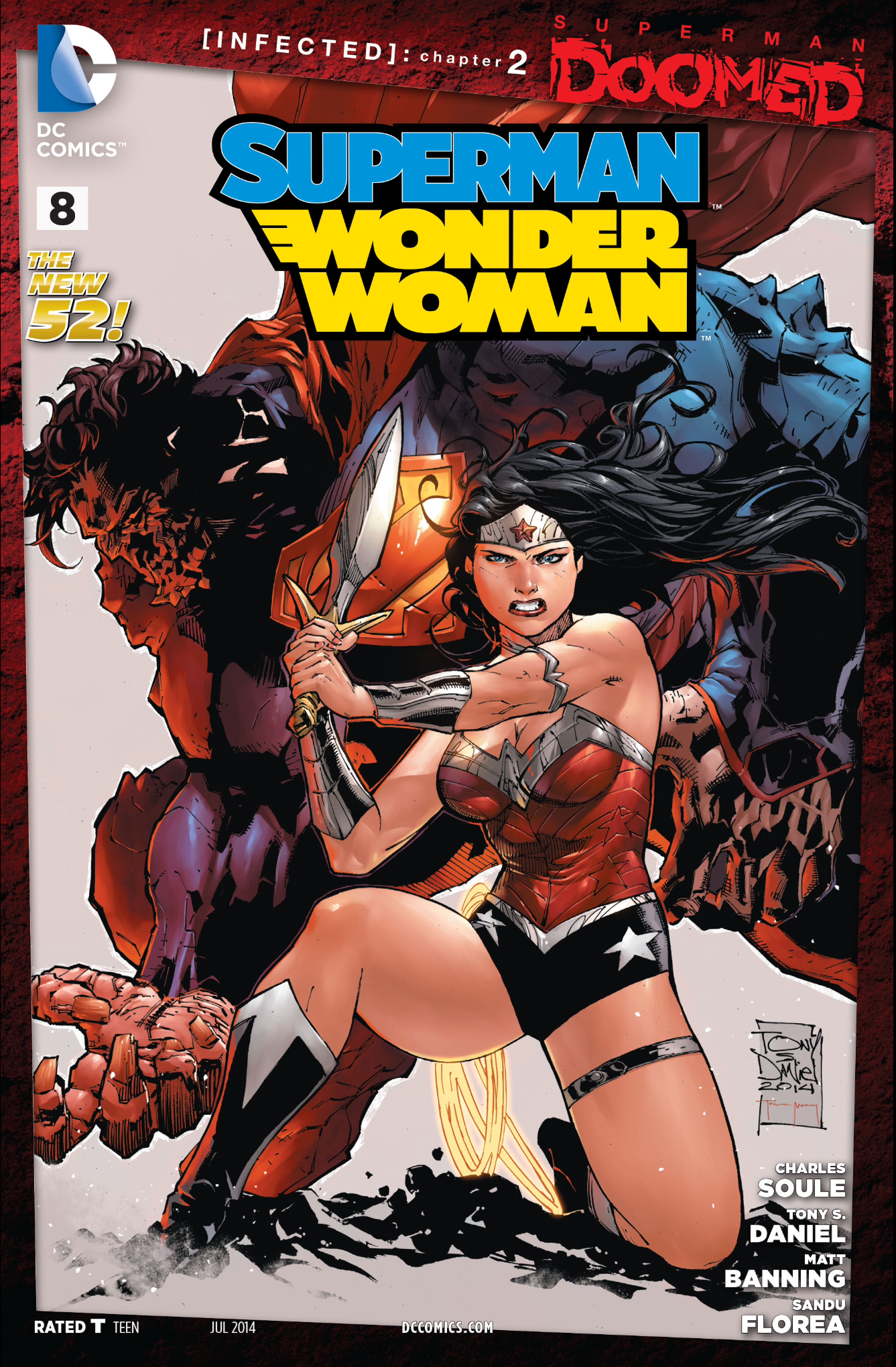Iron Fist: The Living Weapon #1
Writer & Artist: Kaare Kyle Andrews
Lettering: Joe Caramagna
Review by Joey Braccino
There’s something brutal, gritty, dare-I-say late-‘70s about Kaare Andrews’ new Iron Fist: The Living Weapon series that, in all honesty, actually turns me off as a long-time fan of the Danny Rand character.
Just in time for the run-up to the upcoming Netflix miniseries, Marvel has launched a new Iron Fist solo series helmed by Kaare Andrews (pulling both writer and artist duties). In interviews leading up this week’s debut, Andrews frequently commented on his desire to capture both his own kung fu enthusiasm as well as Danny Rand’s darker side. In said interviews as well as in this issue, Andrews emphasizes Rand’s traumatic origin story—which also takes up much of this debut issue in extended flashbacks—as the driving psychological force behind his take on the character. Andrews shirks recent iterations of the character as a cavalier billionaire/ philanthropist—the uber-successful Fraction/Brubaker run ended with Danny, battered and bruised and bloodied, giving back to the Harlem community by opening Kung Fu schools for kids—and instead really plays up the brutality, the darkness, and the emptiness that I suppose could be a part of a character who is a living weapon.

But I say “suppose” because, even if that’s where the character started in the late ‘70s and through the ‘80s, Andrews’ interpretation of the tenor of the Iron Fist story reads less like a pulpy Kung Fu yarn and more like a Dark Knight Returns-esque dystopic vision of a once-swashbuckling hero at rock bottom. If anything, Iron Fist: The Living Weapon is more reminiscent of Andrews’ own dark-and-twisted Spider-Man: REIGN, an equally devastating look at the end of Peter Parker’s life. But while REIGN and TDKR were set in alternate timelines, Iron Fist: The Living Weapon at least appears to be in the main continuity. It all feels a little off given Danny’s roles in the various Avengers series, The Defenders, and his previous eponymous solo run. While a shift in tone isn’t necessarily a bad thing, Andrews’ direction for the series doesn’t distinguish the run so much as it misinterprets and misrepresents the character.
The issue starts with a (problematic) interview between Danny Rand and, as he puts it, a young woman who is “just three steps out of a journalism degree, subsidized by mommy and daddy, and enabled by a pretty face.” This character—whose name is Brenda, as it turns out, though Danny consistently calls her different names throughout the evening—serves as really nothing more than a sounding board for Danny’s origin at best and a piece of meat at worst throughout the issue. She giggles and swoons when she hears that Danny lost his parents on the cliffside near K’Un L’Un, has sex with Danny (despite the whole “What’s your name?” gag), and then is a (topless) damsel-in-distress during the inevitable ninja fight. The misogyny of the titular character aside, it’s exactly these sort of tropes that make Iron Fist: The Living Weapon feel more like a throwback to some other era in comics storytelling than a contemporary and fresh take on the character. And for all of Andrews’ claims about thrusting Danny down a new path fitting for a “solo” series—no friends, no allies, all kung fu—Danny’s own voice, in narration and dialogue, is empty and lifeless. Not in the hollow, the-life-of-a-hero-is-lonely type empty… just flat.
Fortunately, Kaare Andrews is still one of the most dynamic and masterful artists in the industry. For many, the artwork alone will be their reason for picking up the book. From the layouts to the figurework to the kinetic displays of martial arts in the latter half of the book, Andrews’ visual aesthetic is an absolute wonder to behold. His color palette, particularly for the flashbacks to Danny’s youth, is filled with rich sepias and muted blues, reminiscent of Chinese paintings. The choice of stark scarlet reds for the present-day story (the one where Danny regretfully beds Brenda (?)) furthers this Elseworlds-feeling. While it does up the tension and drama of these sequences, it feels very separate from the rest of the Marvel Universe.
Verdict
Skip. I don’t think I’ll continue reading this interpretation of Iron Fist. It’s not even that this is too dark or too gritty for my taste; both Bendis’ Daredevil and Brubaker/Fraction’s Iron Fist had elements of psychodrama and street-level brutality, but both stayed true to a sense of heroism, hope, and humor that is absent from Kaare Andrews’ deconstructionist iteration of the character. Perhaps the series will get brighter as it goes on, but I’m not up for it. And I certainly hope that this is not the debut tone that we see on-screen in the future.











